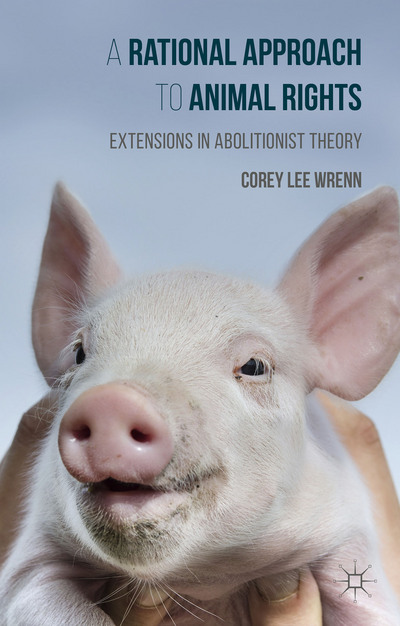
The enormous ethical problems associated with “leather” (a euphemism for preserved skin) illustrate why veganism cannot simply be understood as a diet. Although killing animals for “meat,” milk, and eggs constitutes the greatest source of human violence against other animals, the food industry also sustains a much wider array of injustices to marginalized humans and nonhuman animals. It is a highly toxic industry that threatens the health of very vulnerable workers and leaches poisons into the ecosystem, contaminating land and drinking water. The “leather” industry, for instance, thrives in India, where widescale ethical vegetarianism is somewhat of a misnomer (India is one of the world’s largest producers of “beef”).
“Leather” production is able to thrive because of our speciesist dietary choices, but also from the ideology of human supremacism that nonveganism psychologically maintains. Veganism is a political resistance to the idea that nonhuman animals are physically (or symbolically) consumables or other objects of resource.

It is also worth noting that not all “leather” comes directly from slaughterhouses. That is, it is not always a byproduct used as a means to prop up the largely economically unviable “meat” industry. Some species are intentionally bred into existence for their skin or hair. Veganism rejects this violence–it rejects the idea that animals exist for our pleasure and convenience.
What about vegans who wear old “leather” or secondhand “leather” on the basis of sustainability? Given the ubiquitousness of pleather in today’s world of plastic, fast-fashion, there is an argument to be made that “leather,” be it real or fake, has become symbolically abstracted from its animal origin. It is also argued that wearing “leather” is better for the environment than wearing plastic alternatives and is not problematic in that it is not directly purchased from a distributor in support the industry. To that, I suggest that, until we are comfortable wearing shoes and belts from preserved human skin, we are still practicing speciesism in suggesting that some bodies are less worth our respect and that some bodies ultimately remain fair game for commodification. Vegans don’t wear “leather.”

Readers can learn more about the social psychology of veganism in my 2016 publication, A Rational Approach to Animal Rights.
Receive research updates straight to your inbox by subscribing to my newsletter.